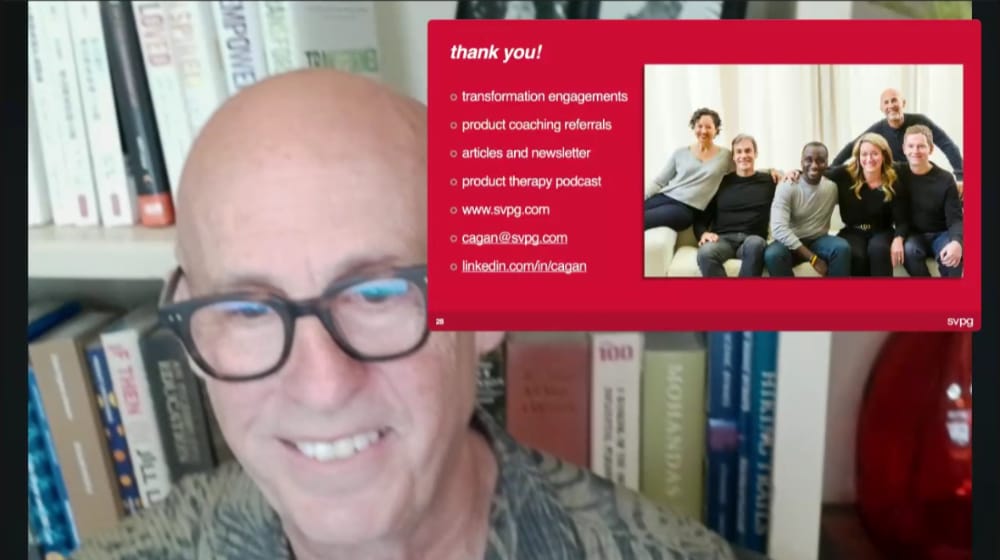Product Operating Model
In 2020, we started our journey of implementing a product-led operating model, to increase our effectiveness and unlock new opportunities associated with digital/data business models.
The journey has not been straight forward and although we have made great progress, we continue to learn and evolve.
Earlier this year, Marty Cagan published his latest book called TRANSFORMED, which builds on the foundation for a Product Operating Model outlined in the first two books INSPIRED and EMPOWERED.
We have been leveraging this material, alongside direct engagement with Marty Cagan as our reference as we continue to mature.
Marty recently presented to our team, helping to grow our understanding further.

With this in mind, this article will outline the basics of the Product Operating Model, in the spirit of sharing our learnings with others who may be attempting a similar transformation.
The Product Operating Model from the Silicon Valley Product Group (SVPG) is a conceptual model, it is not a methodology, process or framework.
It is about moving from output to achieving outcomes, following a set of product-first principles.
Although individual company culture and outcomes can be very different, the product-first principles can be commonly applied or adapted.
The historical focus on output is a consistent root cause as to why companies fail to deliver value.
The Product Operating Model focuses on three dimensions:
-
Product Strategy: How do you decide what to work on? What is most important?
-
Product Discovery: How do you solve the problem? How do you discover a solution?
-
Product Delivery: How do you build, test and scale the solution? How do you prove the outcome?
Innovation occurs within Product Discovery and is a critical dimension on the road towards a valuable outcome. It is also the dimension that is commonly neglected in the race to start delivering.
There are twenty principles that support the three dimensions, including team and culture. They focus on ensuring any product is valuable, viable, usable, and feasible.
Product Team Principles
- Empowered with Problems to Solve
- Outcomes over Output
- Sense of Ownership
- Collaboration
Product Strategy Principles
- Focus
- Powered by Insights
- Transparency
- Placing Bets
Product Discovery Principles
- Minimise Waste
- Assess Product Risks
- Embrace Rapid Experimentation
- Test Ideas Responsibly
Product Delivery Principles
- Small, Frequent, Uncoupled Releases
- Instrumentation
- Monitoring
- Deployment Infrastructure
Product Culture Principles
- Principles over Process
- Trust over Control
- Innovation over Predictability
- Learning over Failure
Details of each principle are outlined in the book TRANSFORMED, by Marty Cagan.
In a future article, I plan to provide greater detail into the specific principles, including my own observations implementing at scale within a life sciences company with a seventy-year heritage that is not digital-first.